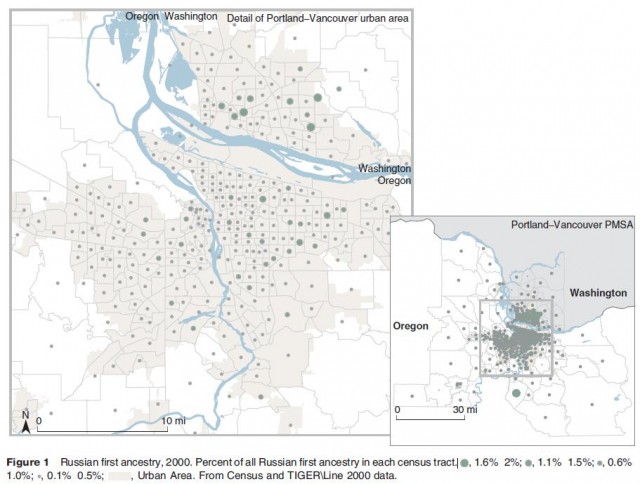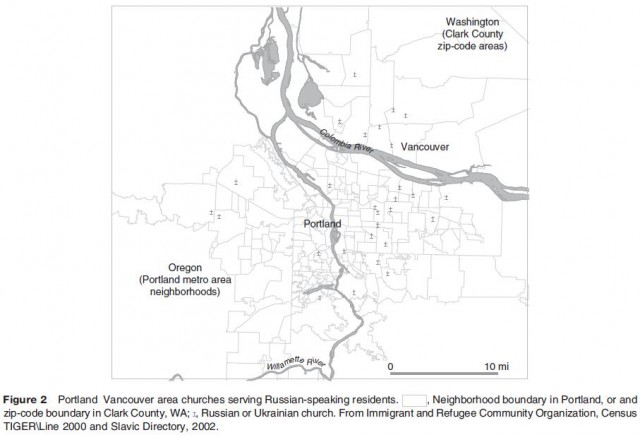Types of Case Studies
At least five different types of case studies have been discussed in the geography and social science literature: intrinsic, collective, explanatory, descriptive, and exploratory. In each of these types, there may be single case or multiple case approaches used. An intrinsic case study is defined as research wherein the researcher has a (personal or professional) interest in the project. In this approach, the insider scholar may play the role of a relatively subjective observer (instead of working from a more objective outsider perspective). Collective work refers to the study of a group of interrelated case studies conducted by a single scholar or several researchers working collaboratively. Data from more than one site are often gathered, analyzed, and synthesized collaboratively by a team of researchers using a comparative method of analysis. Explanatory case studies are best used when doing causal investigations since they lend themselves to analysis and, at times, even make contributions to predictive models. Descriptive case studies require that an overarching descriptive or interpretive theory be developed before beginning the study. Finally, exploratory case studies are conducted to gather and analyze foundational data to be used for more expanded work and a set of larger questions to be pursued and carried out after these preliminary pilot data have been assessed.

In human geography, all five of these types of case study approaches have been used in teaching and research. None are mutually exclusive although the use of single case, exploratory, and then explanatory approaches is often the most reliable and valid. For example, a focused case study of Russian immigrants in one metropolitan area (as shown in Figure 1), began with a single case exploratory study and then moved into becoming an explanatory case study in later stages of the project as immigration theory ultimately was tested by a collaborative group of geographers. Key to understanding the application of the theory of heterolocalism in a North American metropolitan area, for example, was a followup study that spatially analyzed religious networks of the same group in the same study area (as shown in Figure 2). This example, and many others published in the discipline's flagship journals in recent years, attest to the usefulness and popularity of the case study approach in conducting geographic research.

- Case Study Approach
- Capital’s Consumption Spatiality
- Capital and Space: Capital’s Crisis-Spatiality
- Capital and Space: Capital’s ‘Normal’ Spatiality
- How Does Capital Work?: Mechanisms of Capital
- Capital and Space
- Business Service Geographies – Global Cities, Service Offshoring, and the Second Global Shift
- Business Services – the Body and Emotional Labor
- Explaining the Growth of Business Service Firms